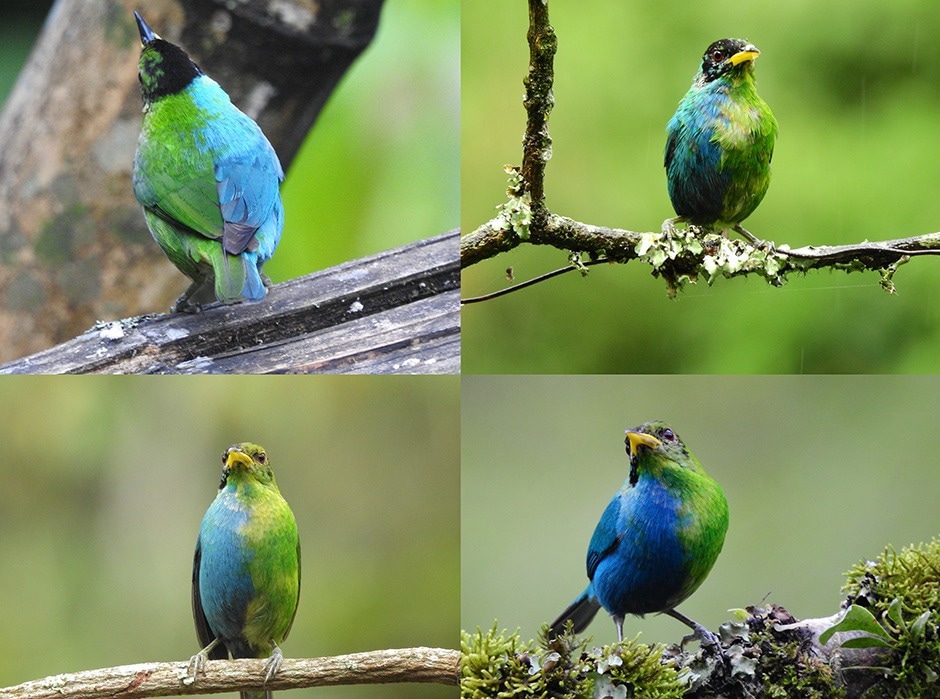Reviewed by Danielle Ellis, B.Sc.Dec 12 2023
A University of Otago zoologist, Sesquicentennial Distinguished Professor Hamish Spencer, came across an exceptionally uncommon bird during his holiday in Colombia.
 Bilaterally gynandromorphic Green Honeycreeper near Manizales, Colombia, 20 May 2022. Image Credit: John Murillo.
Bilaterally gynandromorphic Green Honeycreeper near Manizales, Colombia, 20 May 2022. Image Credit: John Murillo.
While exploring, an amateur ornithologist named John Murillo drew his attention to a wild Green Honeycreeper exhibiting a remarkable combination of half-green (female) and half-blue (male) plumage.
Many birdwatchers could go their whole lives and not see a bilateral gynandromorph in any species of bird. The phenomenon is extremely rare in birds, I know of no examples from New Zealand ever. It is very striking, I was very privileged to see it.”
Hamish Spencer, Sesquicentennial Distinguished Professor, University of Otago
Photographs capturing the bird's image add even greater significance to the discovery, as they are deemed to be “arguably the best of a wild bilateral gynandromorphic bird of any species ever.” The findings, documented in the Journal of Field Ornithology, represent only the second recorded instance of gynandromorphism in the species in over a century.
According to Professor Spencer, gynandromorphs, characterized by both male and female traits in species that typically exhibit separate sexes, play a crucial role in enhancing the comprehension of sex determination and sexual behavior in birds.
This phenomenon is most frequently observed in animal species with pronounced sexual dimorphism, including insects such as butterflies, crustaceans, spiders, as well as lizards and rodents.
This particular example of bilateral gynandromorphy – male one side and female the other – shows that, as in several other species, either side of the bird can be male or female. The phenomenon arises from an error during female cell division to produce an egg, followed by double-fertilization by two sperm.”
Hamish Spencer, Sesquicentennial Distinguished Professor, University of Otago
He anticipates that this newfound discovery will encourage individuals to value “exceptions,” recognizing that they consistently unveil something intriguing.
Be always on the lookout for oddities – who will find the first New Zealand example of a bilateral gynandromorph in a bird?”
Hamish Spencer, Sesquicentennial Distinguished Professor, University of Otago
Source:
Journal reference:
Murillo, J., et al. (2023) Report of bilateral gynandromorphy in a Green Honeycreeper (Chlorophanes spiza) from Colombia. Journal of Field Ornithology. doi.org/10.5751/JFO-00392-940412